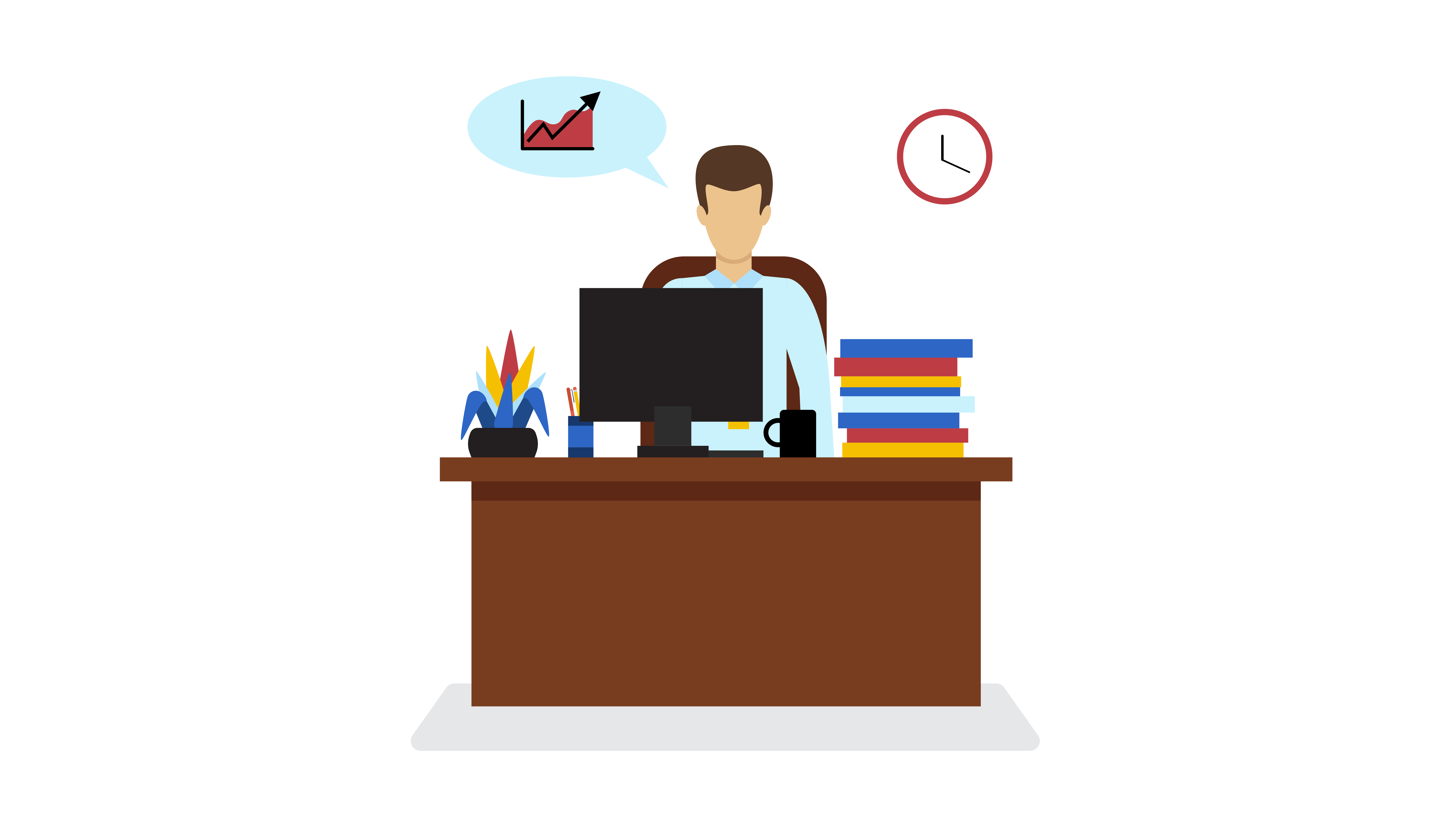Featured
Modern businesses need a central location for Customer Data Platforms (CDPs). This is a crucial tool. These software applications provide an accurate and comprehensive picture of the customer which can be used for targeted marketing and customized customer experience. CDPs have a range of functions that can be used to improve data management, data quality and formatting. This lets customers be more compliant with regards to how data is stored, used and accessible. CDPs are a great way for companies to collect and store customer data in a CDP helps companies interact with customers and place it at the core of their marketing campaigns. It can also be used to pull data from other APIs. This article will discuss the different aspects of CDPs and how they can aid businesses.
customer data support platform
Understanding CDPs. The Customer data platform (CDP) is software that allows companies to gather, manage and store customer data from a central place. This gives an exact and complete view of the customer. It can be used for targeted marketing and personalized customer experiences.
-
Data Governance Data Governance: One of the primary advantages of the CDP is its capacity to classify, protect and control information that is being incorporated. This involves profiling, division and cleansing of incoming data. This is to ensure compliance with data laws and regulations.
-
Data Quality: It is essential that CDPs ensure that data collected is of high quality. This means that data must be entered correctly and adhere to the required quality standards. This reduces the costs associated with cleaning, transforming, and storage.
-
Data Formatting is a CDP is also utilized to ensure that data conforms to the predefined format. This allows data types like dates to be aligned across customer information and helps ensure consistent and logical data entry. marketing cdp
-
Data Segmentation: The CDP lets you segment customer data to better understand the different customers. This lets you examine different groups against one another to determine the appropriate sample distribution.
-
Compliance A CDP allows organizations to handle the information of customers in a legal manner. It permits you to define security policies and classify data in accordance with the policies. You can even detect compliance violations while making marketing decisions.
-
Platform Selection: There's a variety of CDPs and it's vital to know your requirements prior to choosing the best one. This includes considering features such as data privacy , as well as the ability to pull data from various APIs. cdp customer data platform
-
Making the Customer the Heart of Everything Making the Customer the Main Focus CDP lets you integrate of real-time, real-time customer data, providing the immediacy, accuracy and unison that every marketing team requires to improve their operations and connect with their customers.
-
Chat, billing and more: A CDP helps to identify the context that is needed for excellent discussions, regardless of whether you are looking at billing or prior chats.
-
CMOs and CMOs and Big Data: According to the CMO Council 61 percent of CMOs feel they are under-leveraging big data. A CDP can assist in overcoming this by providing an all-encompassing view of the customer and allowing for more effective utilization of data to promote marketing and customer engagement.
With numerous different kinds of marketing technology out there each one typically with its own three-letter acronym you may question where CDPs originate from. Although CDPs are amongst today's most popular marketing tools, they're not an entirely brand-new concept. Rather, they're the most recent action in the advancement of how marketers handle client information and customer relationships (Customer Data Platform Cdp).

For many marketers, the single most significant value of a CDP is its ability to sector audiences. With the capabilities of a CDP, marketers can see how a single consumer engages with their business's different brands, and determine chances for increased customization and cross-selling. Obviously, there's much more to a CDP than division.
Beyond audience segmentation, there are 3 big reasons that your business might want a CDP: suppression, customization, and insights. One of the most fascinating things marketers can do with information is determine clients to not target. This is called suppression, and it belongs to delivering truly tailored client journeys (Cdp's). When a customer's merged profile in your CDP includes their marketing and purchase data, you can reduce advertisements to clients who've currently purchased.

With a view of every customer's marketing interactions linked to ecommerce data, site gos to, and more, everyone throughout marketing, sales, service, and all your other groups has the possibility to understand more about each consumer and deliver more customized, relevant engagement. CDPs can assist marketers attend to the root triggers of much of their most significant day-to-day marketing issues (Cdp Customer Data Platform).
When your data is disconnected, it's more tough to comprehend your consumers and produce meaningful connections with them. As the number of data sources utilized by online marketers continues to increase, it's more vital than ever to have a CDP as a single source of truth to bring everything together.
An engagement CDP uses consumer information to power real-time personalization and engagement for clients on digital platforms, such as sites and mobile apps. Insights CDPs and engagement CDPs make up the bulk of the CDP market today. Extremely couple of CDPs include both of these functions equally. To select a CDP, your business's stakeholders ought to consider whether an insights CDP or an engagement CDP would be best for your needs, and research the couple of CDP options that consist of both. Customer Data Platform.
Redpoint GlobalLatest Posts
The Role of CDPs in Combining Data from Multiple Sources
CDPs and the Role of Data Governance in Reducing Risk
CDPs and the Role of Data Segmentation in Marketing